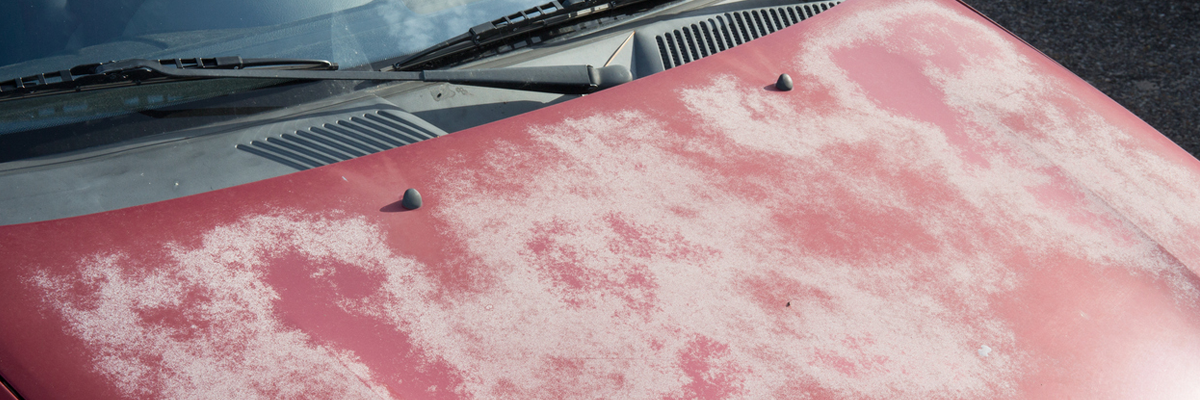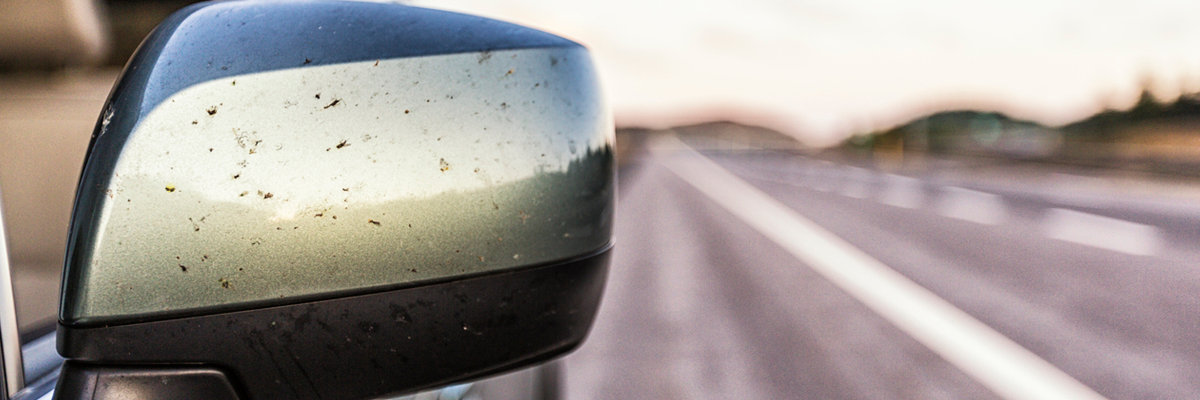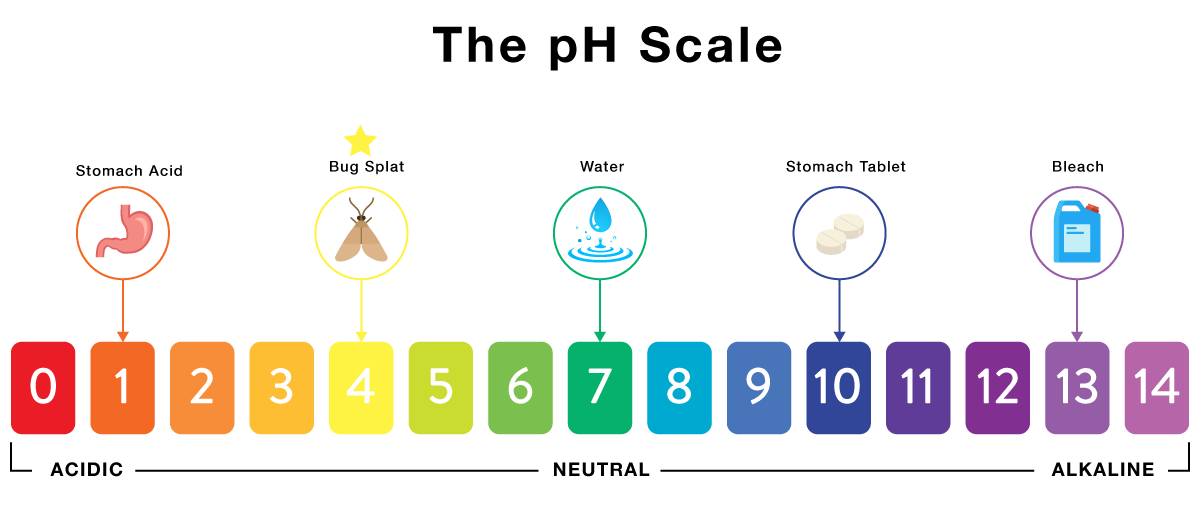What Can You Do About Bug Splatter?
Prevention is always your best bet when it comes to car maintenance. And that’s true of bug splatter as well. But the stakes are high enough that you may want to get professional help. Waxing, for example, can do a lot of good, but these days there are a variety of products on the market that can provide even more protection, and professional detailers will have a line on what will work best for your finish and your car. What’s more, a poorly done waxing can scratch the surface of the paint, so you may want to think twice before doing it yourself.
Prevention also means removing bugs once they hit. Again, though, the challenge is to fully remove the remains of the bug and its goop without scratching the finish underneath. And this, too, may be a job for folks in the know, especially if you’ve got a lot of baked-on bug carcasses to clean off.
Finally, if you don’t mind having one of these on your car, a bug deflector shield can be a lifesaver: it won’t protect your bumper, but this transparent plastic barrier can significantly reduce the amount of bug splatter that ends up on your windshield and hood.
And what if you’ve left the bugs on too long? If bug splatter has pitted your clear coat, the solution is pretty simple—though it can be expensive and time consuming. For selected patches, a well-done rewaxing may make the damage disappear. If the damage is widespread, or if there’s significant damage, however, you may have to have your entire car polished by a professional.



